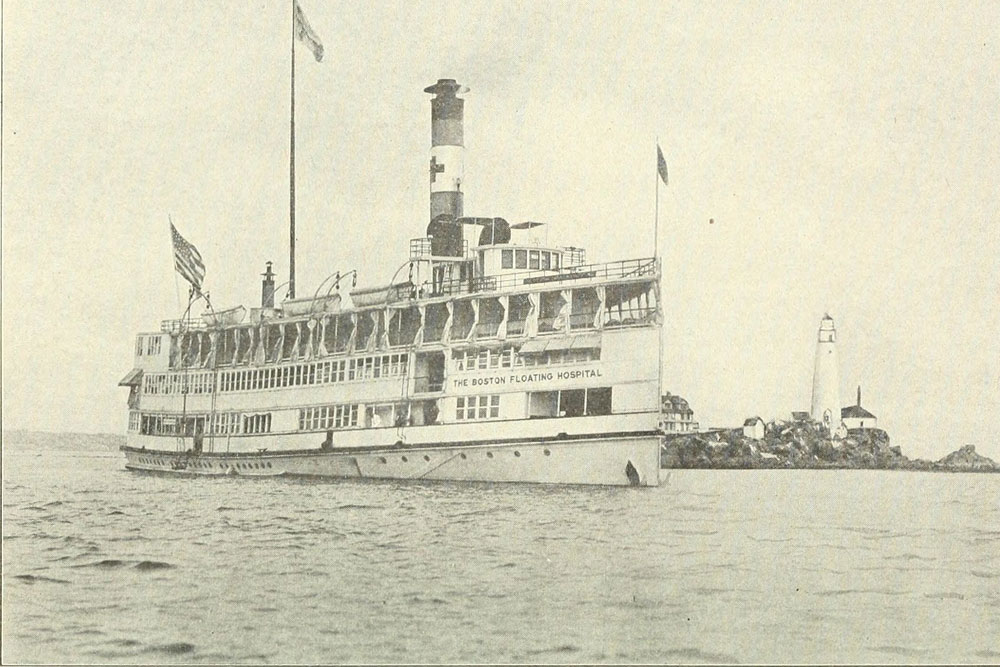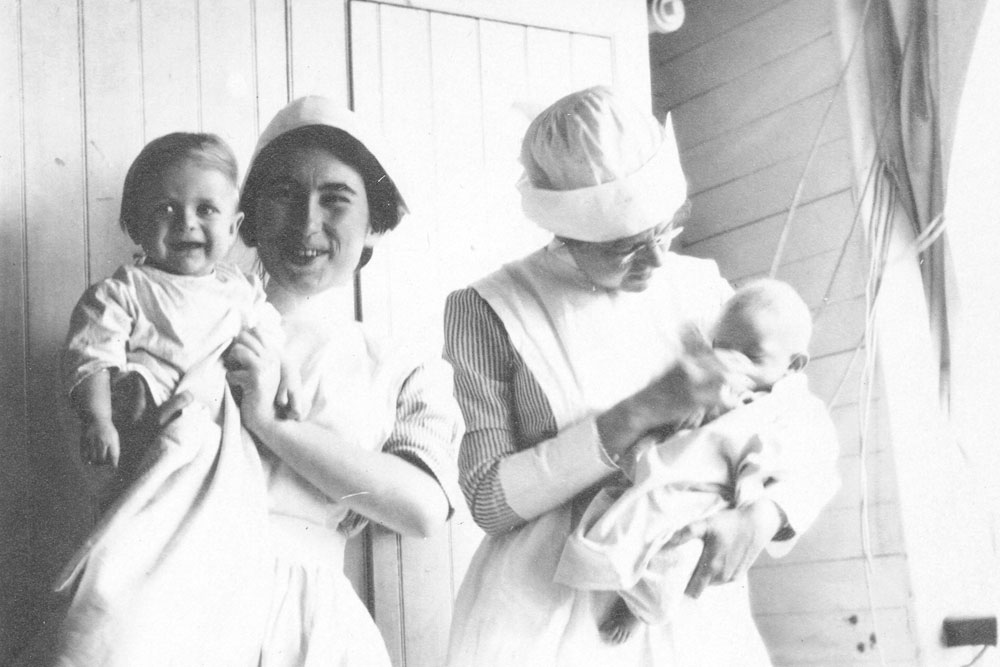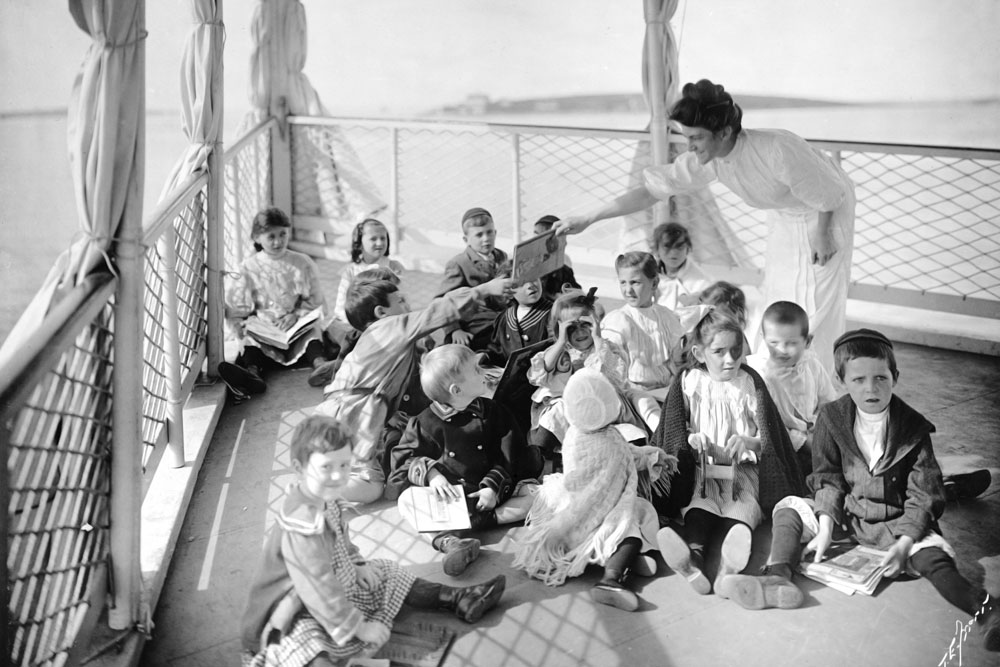Flashback Friday - Origins of the Floating Hospital for Children

On a stifling evening in Boston in the summer of 1893, the Reverend Rufus B. Tobey took note of a common sight: mothers “wearily carrying their infants back and forth across the South Boston Bridge, seeking relief from the heat of their downtown tenements.”
In Boston and elsewhere, the summer months were often deadly for infants. Before the advent of refrigeration and pasteurization, many babies suffered from “summer complaint”—severe diarrhea caused by contaminated, sour milk. The illness was especially widespread in the impoverished inner cities.
Concerned for their plight, Tobey had the inspiration for a “floating” hospital. A day’s outing on the water, where indigent mothers and their sick infants could enjoy the fresh ocean breeze and get some free medical attention, might do wonders. He knew of a similar venture in New York City, where the Emma Abbot provided a medical respite for mothers and their children as it cruised the Hudson River.



By 1894, Tobey had raised enough money to start excursions on the steamer Clifford around Boston harbor. Trained nurses worked with medical students from Harvard (and later from Tufts) to care for the infants. Nurses taught the mothers principles of infant feeding, first and foremost advocating breastfeeding. If a mother could not breastfeed, she was given bottles of donated breast milk or bottles of formula to which breast milk (known for its antibacterial properties) had been added. Nurses also taught these young mothers how to prepare formula, wash bottles, and store milk on ice between feedings.
By the end of that first summer, 1,100 children had experienced the novelty of a day-long outing on Boston harbor. The floating hospital experiment worked: under expert medical and nursing care on a ship where there was fresh, cool air, babies began to thrive.
###
This #FlashbackFriday brought to you by the @BjoringCenter for Nursing Historical Inquiry, with special thanks to American Association for the History of Nursing Arlene Keeling, UVA professor emerita, whose book A HISTORY OF PROFESSIONAL NURSING (Springer: 2018) provided the background for this post. PHOTO CREDITS: Harvard Medical School; Northwestern Memorial Hospital Archives; and Tufts University.
